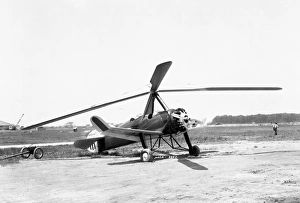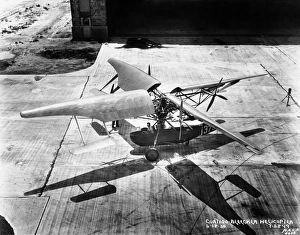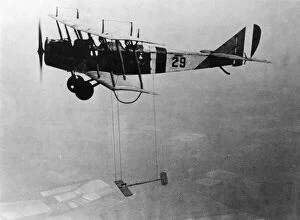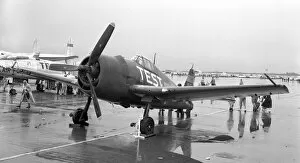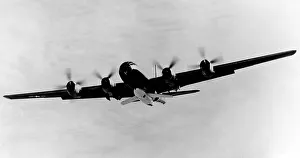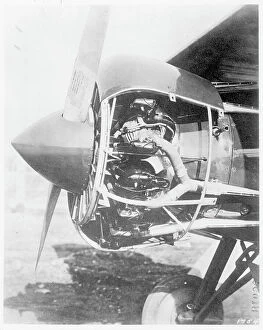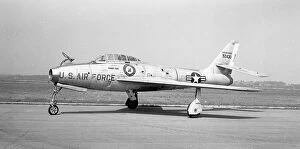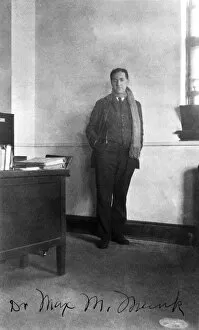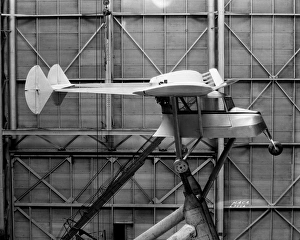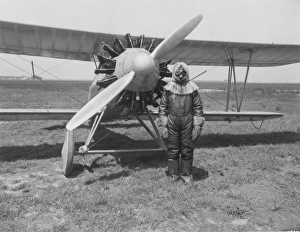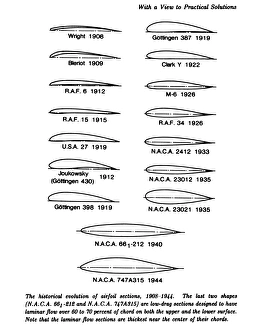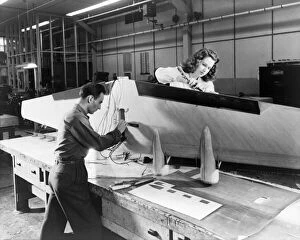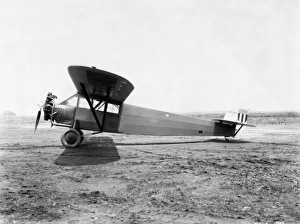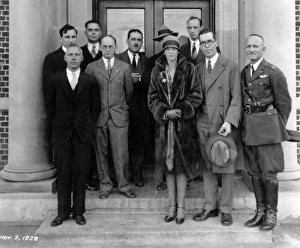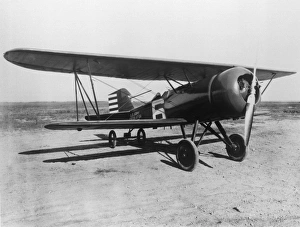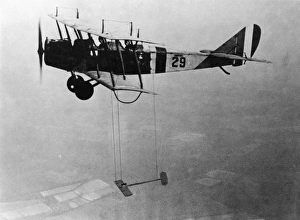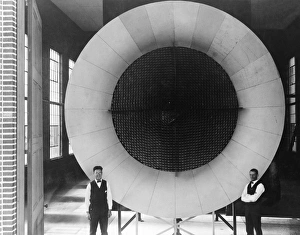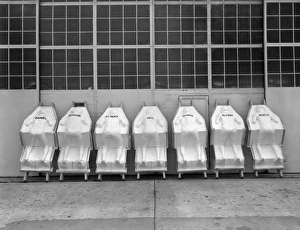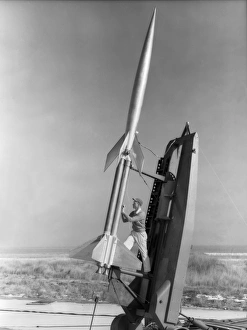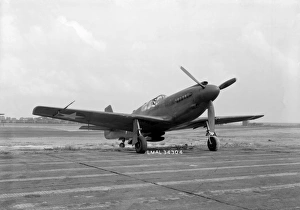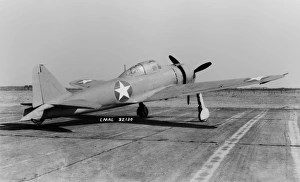Naca Collection
"NACA: Pioneering Aviation Research and Innovation" Step into the world of aviation history with NACA, the National Advisory Committee for Aeronautics
All Professionally Made to Order for Quick Shipping
"NACA: Pioneering Aviation Research and Innovation" Step into the world of aviation history with NACA, the National Advisory Committee for Aeronautics. From groundbreaking autogiros to revolutionary rockets, it has played a pivotal role in shaping the skies we know today. One of their notable achievements was The Pitcairn Autogiro, an aircraft that defied conventional flight mechanics. With its unique rotor system, it paved the way for vertical takeoff and landing capabilities. Another remarkable invention was the Curtiss Bleeker Helicopter, which showcased advancements in rotary-wing technology. This helicopter pushed boundaries by providing enhanced maneuverability and versatility in aerial operations. NACA's contributions extended beyond helicopters as they ventured into supersonic territory with the Douglas D-588-2 Skyrocket number 3 37875. This rocket-powered aircraft broke speed records and propelled mankind closer to exploring space. The Skystreak series also left an indelible mark on aviation history. Notably, Douglas D588-1 Skystreak 37972 - NACA 142 set new speed records while utilizing innovative aerodynamic designs developed by NACA's chief of aerodynamics, Dr. Max Munk. Powering these incredible machines were engines like Pratt & Whitney R-1340 Wasp – a true marvel of engineering that provided exceptional performance and reliability throughout countless flights. Not limited to experimental aircraft alone, NACA worked closely with military forces on projects such as Republic F-84F Thunderstreak 51-1346 and United States Air Force North American T-6G Texan 50-1279. These collaborations ensured cutting-edge technologies reached both civilian and defense sectors alike. Behind every success story are dedicated individuals who push boundaries relentlessly. Key members of the XS 1 research team embodied this spirit as they pursued breakthroughs in high-speed flight during January 1948.

